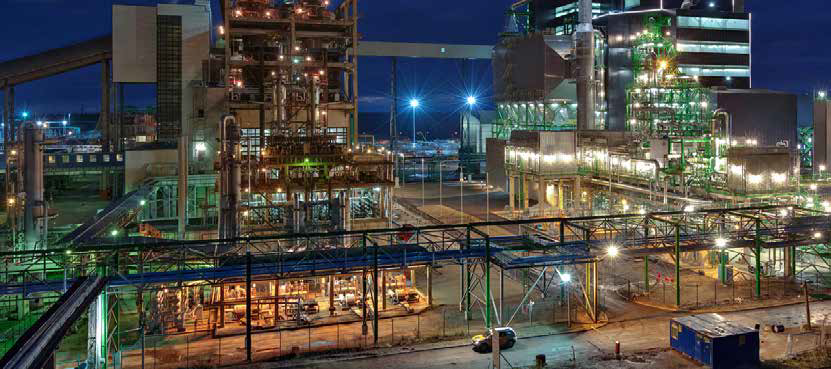A Great Team, Numerical Simulation and Experimental Testing
Will the customer be satisfied with the performance and the quality of the product?
Newsletter EnginSoft Year 13 n°1
By Peter Pirro, | Former Simulation and Testing Responsible


Numerical simulations are increasingly used in most industries. So why do companies still spend so much money for experimental testing? I would like to give some explanations about the reasons of building expensive test equipment, which is much more expensive than software for numerical simulations, and how to utilize the different methods.
Will the customer be satisfied with the performance and the quality of the product? This is one of the major tasks during the development process. Today, numerical simulation and experimental testing are used to qualify products in different stages of the development process. Simulation models or experimental models are designed to simulate the real behavior of the product in the hand of the customer. In this context, it should be emphasized that experiments try to simulate customer usage, too. Both methods have to be validated.
Read the articleCASE STUDY
The adoption of SBES has significantly increased in the last two decades, driven by advancements in computing technology and the rise of Industry 4.0, which promotes nine key enabling technologies, including engineering simulation and big data analytics. SBES is crucial for the integration and automation of production systems, improving flexibility, speed, and quality.
automotive construction energy cfd metal-process-simulation

CASE STUDY
GE Power is a world leading supplier of solutions for power generation, from engineering to manufacturing. Detecting and mitigating critical flow structures in water pumping stations is a complex engineering task, that has always been based on experimental activities. Now GE Power can rely also on CFD modelling and on the support of EnginSoft
ansys cfd energy